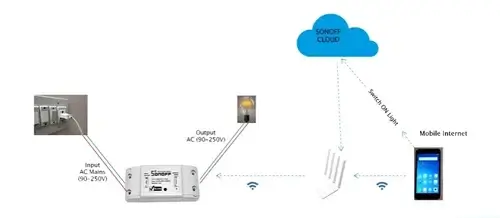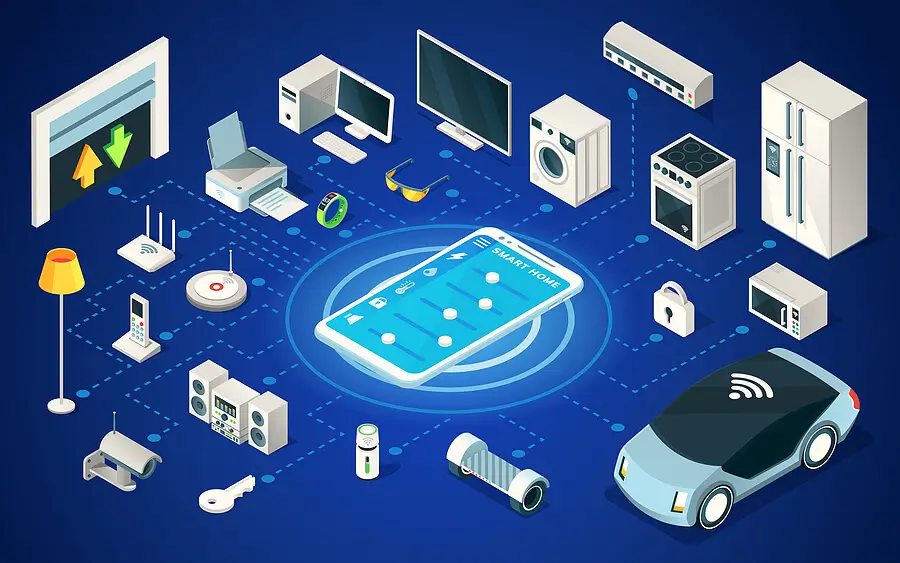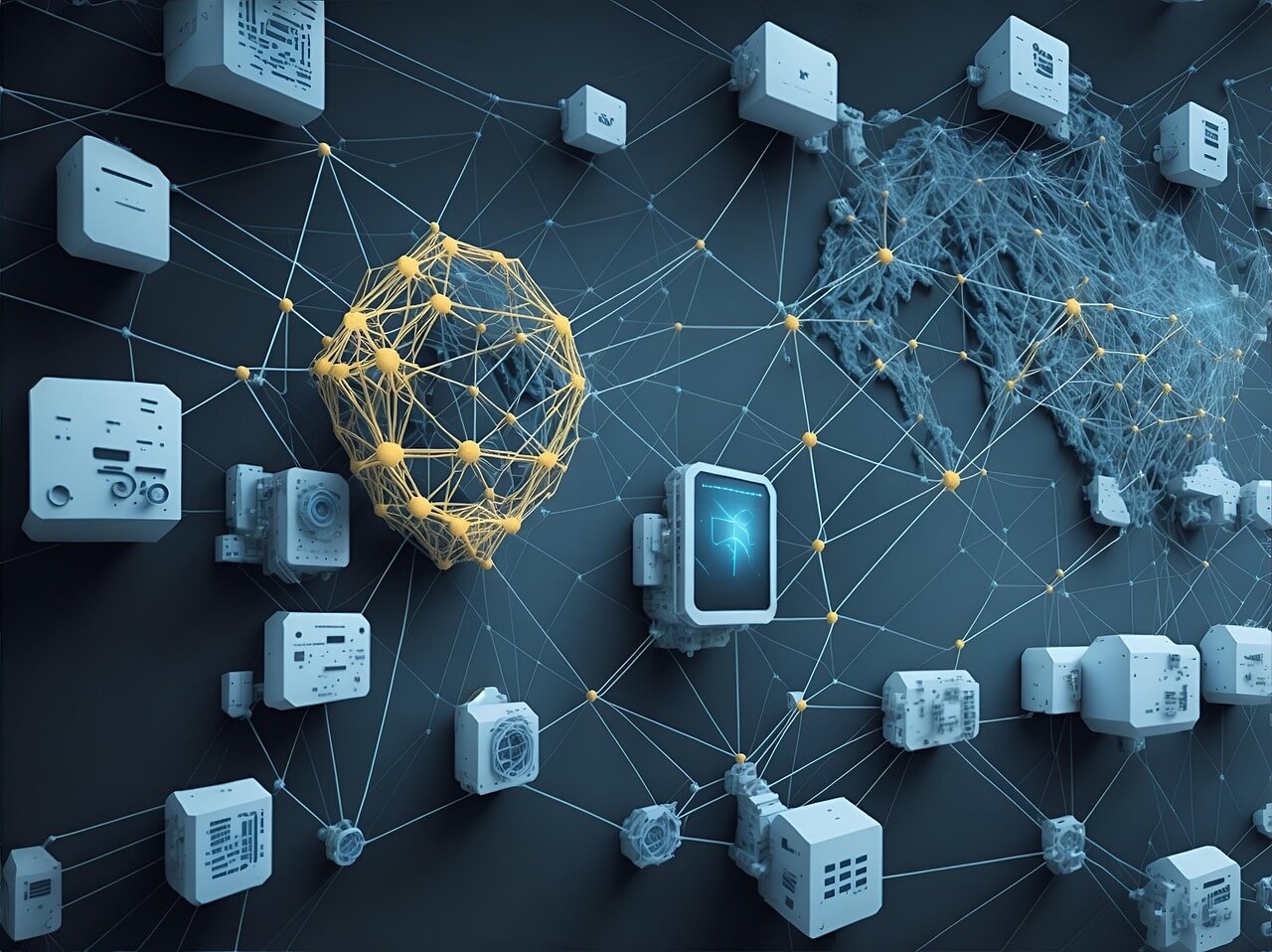IoT-Enabled Force Sensors: Turning Touch into Intelligent Data
From robotics to healthcare, precision is everything. Every touch, every push, every grip matters — and that’s where force sensors come in. These small but powerful devices measure how much force or pressure is being applied, turning physical movement into measurable data.
Now, imagine connecting those sensors to the Internet of Things (IoT). Suddenly, your machines don’t just react — they understand. They can tell when too much pressure is applied, when equipment is wearing out, or when a gentle touch is all that’s needed.
Let’s take a closer look at what force sensors are, how they work, and how IoT is transforming the way we measure and manage physical interactions across industries.
What Is a Force Sensor?
A force sensor is a device that detects and measures force — whether it’s tension, compression, pressure, or torque. The sensor converts mechanical energy (the physical force) into electrical signals that can be measured and analyzed.
There are different types of force sensors, including:
- Strain Gauge Sensors: Measure changes in resistance when force is applied.
- Piezoelectric Sensors: Generate electric charge under pressure.
- Capacitive Sensors: Detect changes in capacitance as objects apply force.
Think of a force sensor like a digital version of your sense of touch — when you press a key on your keyboard or grip a robotic arm, the sensor "feels" that action and translates it into data.
Why Force Sensors Matter
Force sensors are critical in applications where precision and control are key. Some examples include:
- Robotics: Ensuring robot arms apply the right amount of pressure when picking up delicate objects.
- Automotive: Measuring brake or steering force for better vehicle control.
- Healthcare: Monitoring grip strength in rehabilitation devices or surgical robots.
- Manufacturing: Detecting stress and strain in machines to prevent damage.
Without force sensors, systems would lack the feedback needed to operate safely and accurately.
IoT Integration: Making Force Smarter
Traditionally, force sensors provided data locally — someone had to read it manually or through a limited interface. With IoT integration, these sensors can now communicate over networks, sending real-time data to dashboards and analytics platforms.
Here’s how IoT transforms force sensing:
- Real-Time Monitoring: Operators can track pressure or load instantly across multiple locations.
- Predictive Maintenance: Sensors can detect unusual force patterns that hint at wear or misalignment before failure occurs.
- Remote Access: Engineers can view sensor data from anywhere, improving oversight and response time.
- Automation: IoT-enabled systems can adjust automatically based on live force readings.
For instance, in an industrial press machine, IoT-connected force sensors monitor how much pressure each cycle applies. If a reading goes beyond the safe limit, the system can automatically pause or alert technicians — preventing costly breakdowns.
Real-World Example: Smart Prosthetics
One fascinating application is in smart prosthetics. Modern artificial limbs use IoT-enabled force sensors to mimic natural touch and grip. These sensors measure how firmly a prosthetic hand holds an object and adjust pressure accordingly — ensuring a user can pick up something fragile without breaking it.
All the data is sent to a connected system that learns and adapts to the user’s daily activities. This is IoT and human experience working hand in hand.
Benefits of IoT-Enabled Force Sensors
When force sensors connect to IoT platforms, the results go far beyond measurement. The benefits include:
- Improved Accuracy: Continuous monitoring ensures better control and calibration.
- Safety: Detects overpressure conditions before damage occurs.
- Efficiency: Helps optimize processes by analyzing performance data.
- Scalability: Multiple sensors across locations can be managed from one dashboard.
This combination of sensor precision and IoT intelligence creates smarter systems that can think, respond, and adapt in real time.
The Future of Force Measurement
As IoT continues to evolve, force sensors are becoming more compact, energy-efficient, and connected. In industries like robotics, aerospace, and smart manufacturing, these sensors are enabling systems that can sense and respond to the physical world with unmatched accuracy.
From ensuring safe assembly lines to empowering wearable tech, IoT-enabled force sensors are helping shape a future where machines not only move but also feel.




